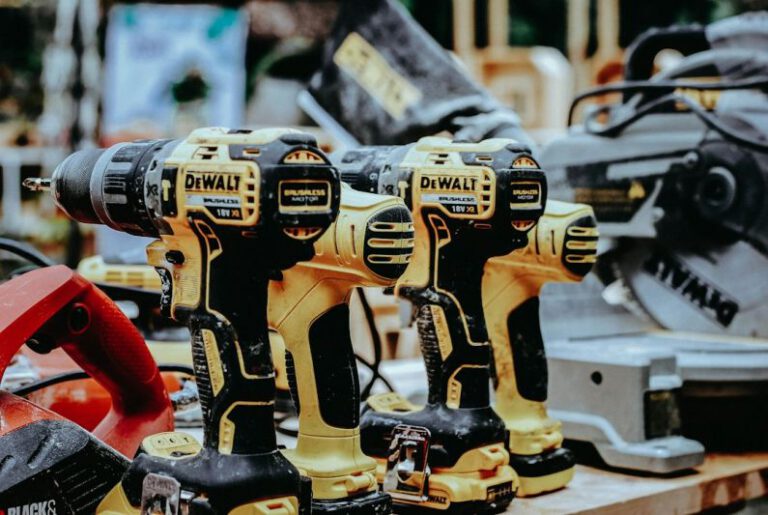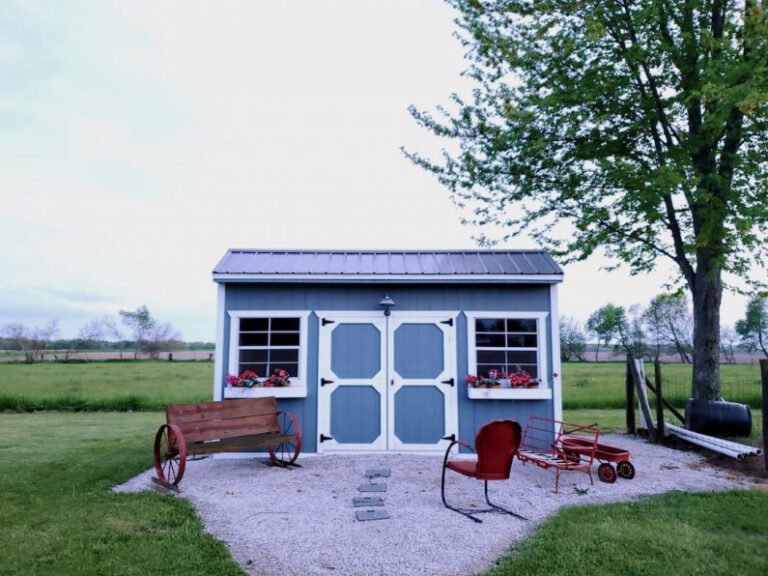Planning Your Tool Shed for Easy Access to Tools
A well-organized tool shed is essential for any homeowner or DIY enthusiast. It not only allows for easy access to tools but also ensures that they are stored safely and efficiently. In this article, we will discuss some key tips for planning your tool shed to maximize accessibility and make your life easier.
Maximize Space with Vertical Storage
One of the most effective ways to optimize space in your tool shed is by utilizing vertical storage solutions. Installing shelves or pegboards on the walls will allow you to hang and store tools, keeping them off the floor and within reach. This will not only save space but also make it easier to locate and retrieve the tools you need.
Categorize and Label
To further enhance accessibility, it is crucial to categorize and label your tools. This will make it easier to find specific tools when you need them, saving you valuable time and effort. Consider grouping similar tools together, such as gardening tools, power tools, or hand tools, and label the shelves or bins accordingly. Clear labels ensure that you can quickly identify the contents of each storage space, eliminating the need to rummage through piles of tools.
Designate a Workstation
In addition to storage, it is essential to designate a dedicated workstation within your tool shed. This area should have a sturdy workbench or table where you can comfortably work on projects. By having a designated space for working, you can avoid cluttering other areas with tools and equipment, ensuring that everything is easily accessible and organized.
Invest in Quality Storage Containers
Investing in high-quality storage containers is a wise decision when planning your tool shed. Opt for durable containers that are specifically designed for storing tools and equipment. These containers should be sturdy, waterproof, and have secure lids to protect your tools from dust, moisture, and damage. Transparent containers are also recommended as they allow for easy visibility of the contents, eliminating the need to open multiple containers to find a specific tool.
Consider Accessibility and Safety
When planning the layout of your tool shed, it is crucial to consider accessibility and safety. Ensure that heavy or frequently used tools are stored at waist level or within easy reach. This will prevent straining or injuring yourself when retrieving tools. Additionally, keep sharp tools and hazardous substances, such as chemicals or power tools, locked away in secure cabinets to prevent accidents or unauthorized access.
Regular Maintenance and Cleaning
Maintaining an organized tool shed requires regular maintenance and cleaning. Set aside time every few months to declutter and reorganize your storage areas. Remove any unused or broken tools and clean the shelves or pegboards to keep them free from dust and debris. Regular maintenance will not only keep your tool shed tidy but also make it easier to find and access tools when you need them.
Conclusion: A Well-Organized Tool Shed for Optimal Efficiency
By implementing these simple tips, you can transform your tool shed into an organized and efficient space that allows for easy access to your tools. Maximize space with vertical storage, categorize and label your tools, designate a workstation, invest in quality storage containers, and prioritize accessibility and safety. Regular maintenance and cleaning will ensure that your tool shed remains organized and functional, saving you time and effort in the long run. With a well-planned tool shed, you can tackle any DIY project with ease and confidence.






